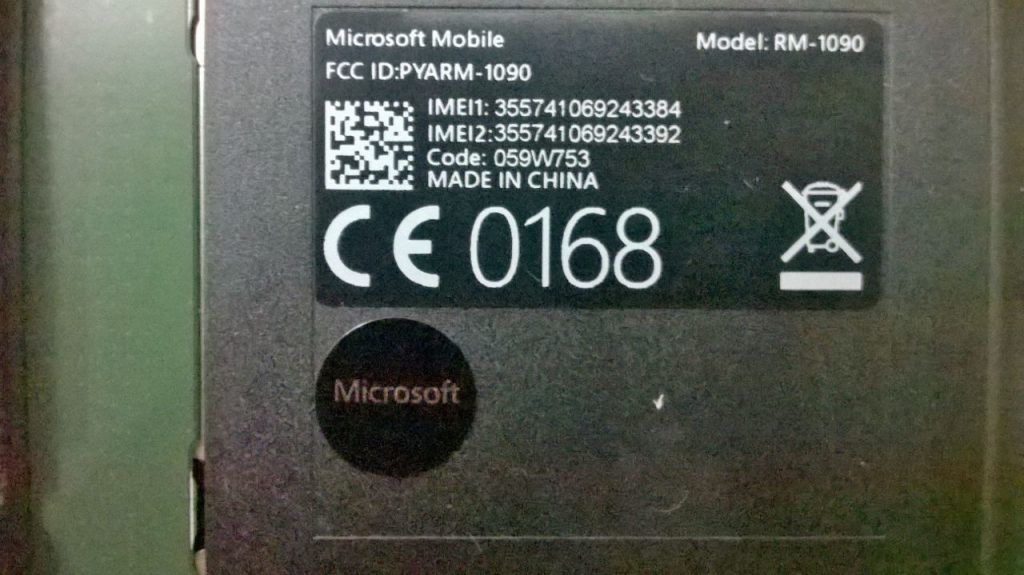
America’s dependence on China to manufacture key tech components is leading to big problems.
Cyberattacks on the U.S. government and American private businesses by China have grown exponentially during the past decade as the communist nation seeks to manipulate America’s intellectual property in its quest to dominate world technology, a new report finds.
Released on Thursday by the U.S.-China Economic and Security Review Commission, the report examines present and future vulnerabilities posed by China in the U.S. government information and communication technology (ICT) supply chains. Compiled by supply chain consultant Interos Solutions of Alexandria, Va., the report stresses America’s susceptibility to Chinese cyberattacks and espionage because of U.S. dependence on electronics and software made in China.
“China is dominating the technology sector and has engaged in legal and illegal acts to advance its interests,” said senior U.S.-China Commission member Michael Wessel. “This study shows how far they’ve advanced and the threats they pose to the next generation of technology in this country. This report should be a wake-up call to policymakers that we need to aggressively fight China’s predatory and protectionist policies.”
The “Made in China 2025” initiative is China’s blueprint for becoming the world leader in producing high tech products and future advanced technologies. The Chinese government is investing $300 billion into strategic industries including artificial intelligence, semiconductors, robotics, aviation, and new energy vehicles.
But much of China’s advancement is coming at the expense of American companies and workers. China has consistently required foreign businesses to share their intellectual property (IP) to operate in the Asian nation. China then takes that IP to advance and develop its own technologies — with hefty financial subsidies from the Chinese government.
The technology can then be modified to conduct espionage, spying and cyberattacks when purchased by American entities, according to the report.
The Trump administration recently announced $50 billion worth of tariffs “in response to China’s policies that coerce American companies into transferring their technology and intellectual property.” After China threatened tariffs on U.S. goods, President Trump asked U.S. Trade Representative Robert Lighthizer to consider additional action.
But more likely needs to be done. The U.S.-China Commission study points out the lack of uniformity in acquiring Chinese-made ICT and the absence of a distinct set of rules that assess risk management.
“When China joined the WTO, proponents argued that we shouldn’t worry, as they were making low-value, labor-intensive products,” Wessel said. “Last year, the U.S. ran a more than $135 billion trade deficit in advanced technology products with China as they have subsidized and promoted the development of these products to the detriment of U.S. production and employment. This has serious long-term implications for our national and economic security.”
Household technology names that supply computers, software, routers and printers include Microsoft, Intel, Hewlett-Packard, IBM, Dell, and Cisco. These companies rely on Chinese factories for an average of 51 percent of the components used to make their products.
China’s evolving global electronics dominance leaves U.S. technology manufacturers little choice when procuring components for products intended for American consumers. More than $155 billion of these Chinese products were purchased in the United States last year, according to the U.S. Census Bureau.
This leaves the door wide open for state-owned Chinese manufacturers to infiltrate most ICT products used by the U.S. federal government and American consumers.
Critical findings in the report include:
- Federal government laws and policies do not currently address supply chain risk management comprehensively. Effective supply chain risk management includes anticipating future developments in supply chains, identifying potential threats to supply chains, developing threat profiles and mitigating or addressing future threats to the supply chain.
- Chinese government policies prioritize domestic production, extract intellectual property and technology from multinational companies in exchange for market access, use Chinese companies to further state goals and target U.S. federal networks and networks of federal contractors. These policies have heightened risks to the U.S. ICT supply chain and to U.S. national and economic security.
- Cyberattacks on supply chains will become easier – and more prevalent – as developing technologies such as fifth generation (5G) mobile network technology and the Internet of Things increase avenues for attack.
- ICT products have increasingly complex, globalized and dynamic supply chains, many of which include commercial suppliers that source from China at multiple points within a single supply chain. For example, an average of 51 percent of shipments to seven leading ICT providers originate in China.
The report goes on to state that it is unlikely that political or economic shifts will push ICT manufacturers to dramatically reduce their operations in China or their partnerships with Chinese firms. A national strategy is needed for supply chain risk management of America’s ICT and must include a forward-leaning posture, rather than a reactive incident response.
The report suggests to minimize risks, the federal government should centralize the leadership of federal ICT supply chain risk management efforts, link federal funding to supply chain risk management, promote supply chain transparency and craft forward-looking policies.
The supply chain for Chinese consumer products such as clothing and household goods has thrived over the past 20 years, while American manufacturers often struggle to find domestic sourcing.
But with China’s unfettered pursuit of cutting-edge electronic technology that is now taking place, America needs to learn from its mistakes and immediately take effective action to protect its ICT supply chain.
“China has targeted the tech sector for massive development and publicly indicates it wants to dominate world markets,” Wessel said. “Technology is a key component for current and future manufacturing operations and China’s approach could jeopardize our efforts to revitalize manufacturing.”
